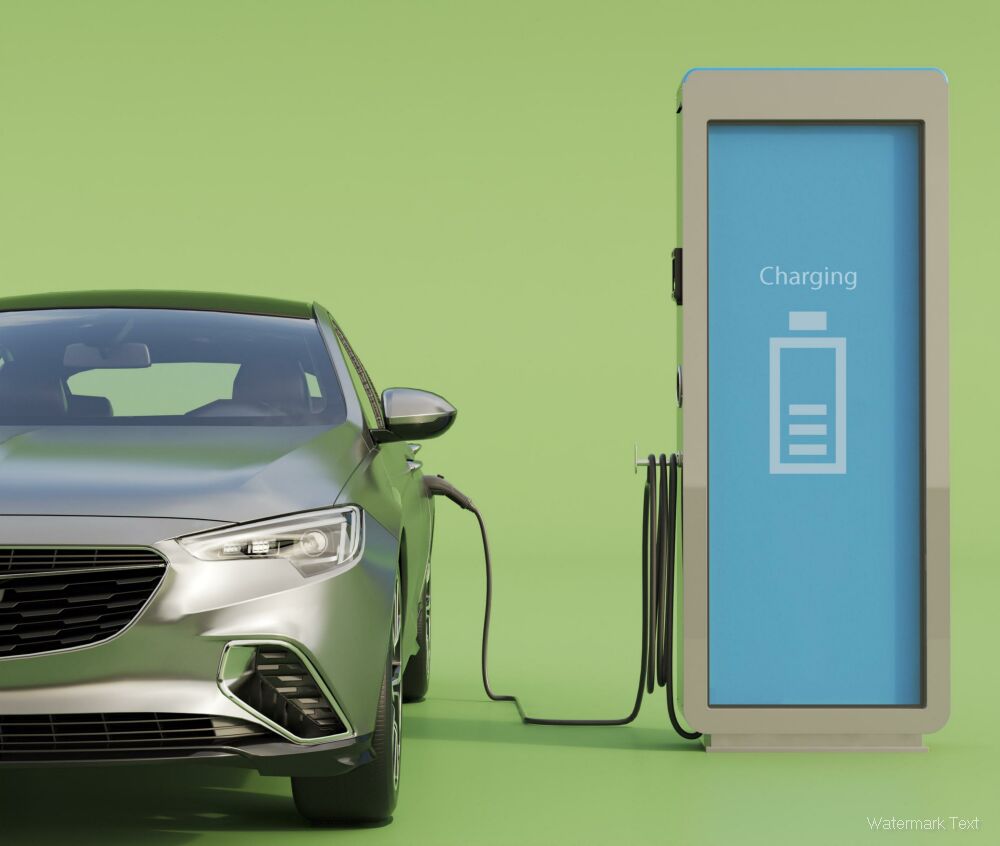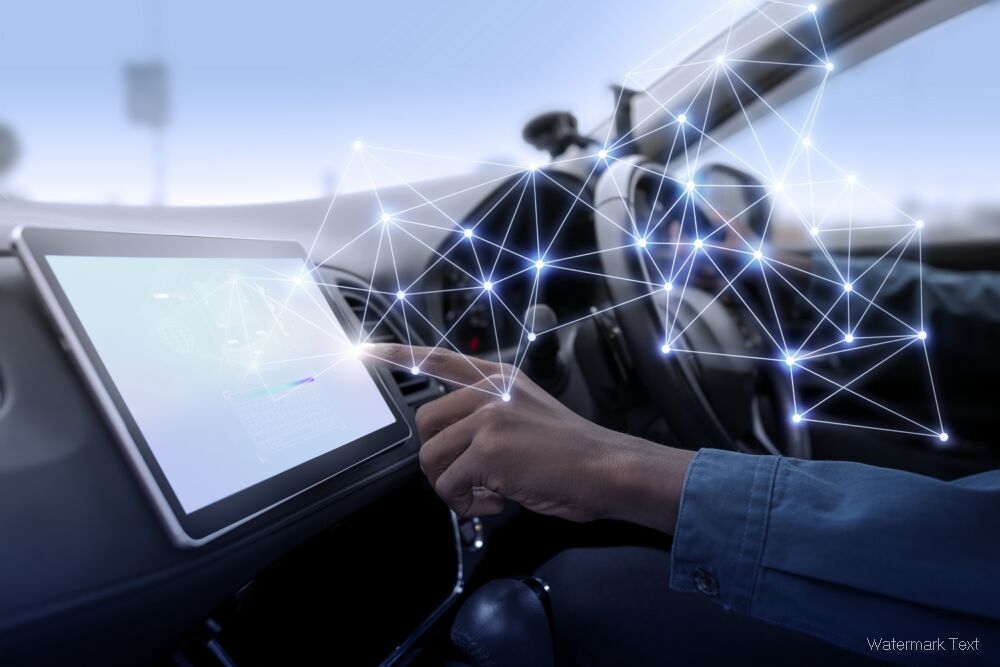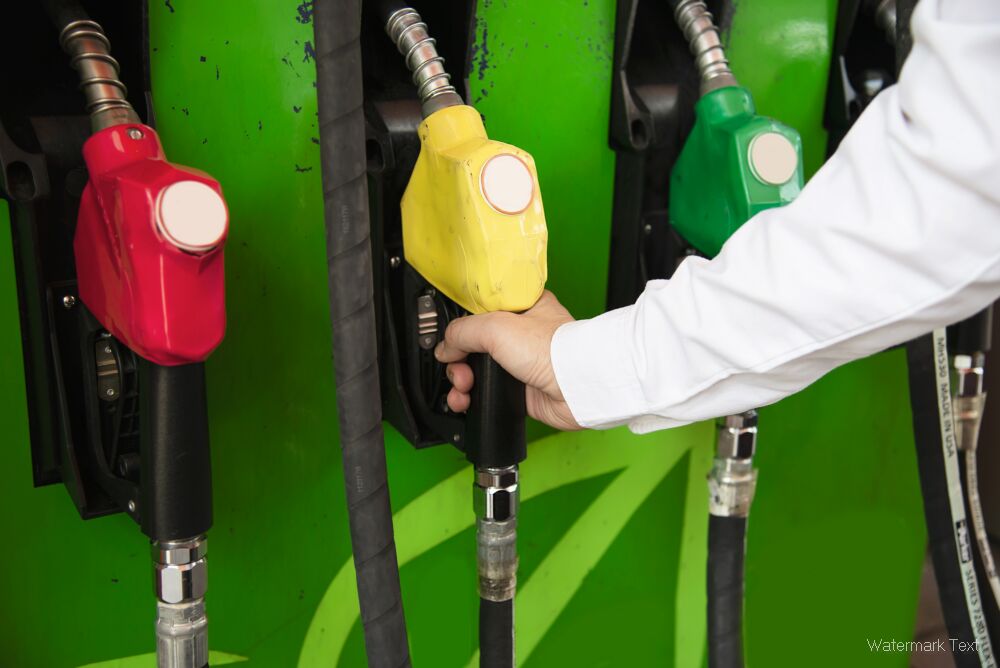As we stand on the brink of a technological revolution, the advent of 5G is set to transform the automotive industry in ways we could only dream of a few years ago. ?? With lightning-fast data speeds, ultra-reliable low latency, and massive connectivity, 5G is not just an upgrade; it’s a game-changer for connected cars. In this blog, we will explore the profound impact of 5G on connected vehicles, backed by compelling statistics and clear data visualizations.

Understanding 5G Technology
5G technology promises to deliver speeds up to 100 times faster than 4G, with latency reduced to as low as 1 millisecond. This leap in technology is crucial for connected cars, which rely on real-time data to enhance safety, efficiency, and user experience. According to a report by the GSMA, the number of connected vehicles is expected to reach 1.4 billion by 2025, a staggering increase from 400 million in 2020. ?
Key Benefits of 5G for Connected Cars
-
Enhanced Safety Features: With 5G, vehicles can communicate with each other and with infrastructure in real-time, significantly reducing the risk of accidents. For instance, vehicle-to-vehicle (V2V) communication can alert drivers about potential hazards ahead, improving road safety.
-
Improved Navigation and Traffic Management: 5G enables real-time traffic updates and navigation assistance, allowing drivers to avoid congested areas and optimize their routes. This can lead to a reduction in travel time by up to 30%, according to a study by McKinsey.
-
Autonomous Driving: The low latency of 5G is essential for the development of autonomous vehicles. These cars require instantaneous data processing to make split-second decisions, and 5G provides the necessary infrastructure to support this technology.
Statistics on 5G and Connected Cars
To illustrate the impact of 5G on connected cars, let’s take a look at some key statistics:
| Year | Number of Connected Vehicles (in millions) | Projected 5G Coverage (%) | Expected Reduction in Accidents (%) |
|---|---|---|---|
| 2020 | 400 | 15% | 10% |
| 2022 | 800 | 35% | 20% |
| 2025 | 1400 | 60% | 30% |
As shown in the table, the number of connected vehicles is expected to double every two years, while 5G coverage will expand significantly, leading to a substantial reduction in accidents. ?
The Role of Major Players
Several major automotive manufacturers and tech companies are investing heavily in 5G technology. For instance, companies like Ford and BMW are collaborating with telecom giants to integrate 5G into their vehicles. According to a report by Deloitte, the global investment in connected car technology is projected to reach $200 billion by 2025.
| Company | Investment in 5G (in billions) | Key Focus Areas |
|---|---|---|
| Ford | $10 | V2V communication, autonomous driving |
| BMW | $8 | Enhanced navigation, safety features |
| Tesla | $15 | Real-time data processing, AI integration |
This table highlights the significant financial commitment from leading companies in the automotive sector towards harnessing the power of 5G. ?
Challenges Ahead
While the benefits of 5G for connected cars are immense, there are challenges that need to be addressed. Infrastructure development is crucial, as many regions still lack the necessary 5G coverage. Additionally, cybersecurity concerns are paramount, as increased connectivity can expose vehicles to potential hacking threats.
Conclusion
The impact of 5G on connected cars is undeniable. With enhanced safety features, improved navigation, and the potential for fully autonomous vehicles, 5G is set to revolutionize the automotive landscape. As we move forward, it is essential for stakeholders to collaborate and address the challenges that come with this technological advancement.
For more insights on the future of connected cars and 5G technology, you can explore resources from the GSMA and McKinsey. The road ahead is exciting, and the journey has just begun! ?



